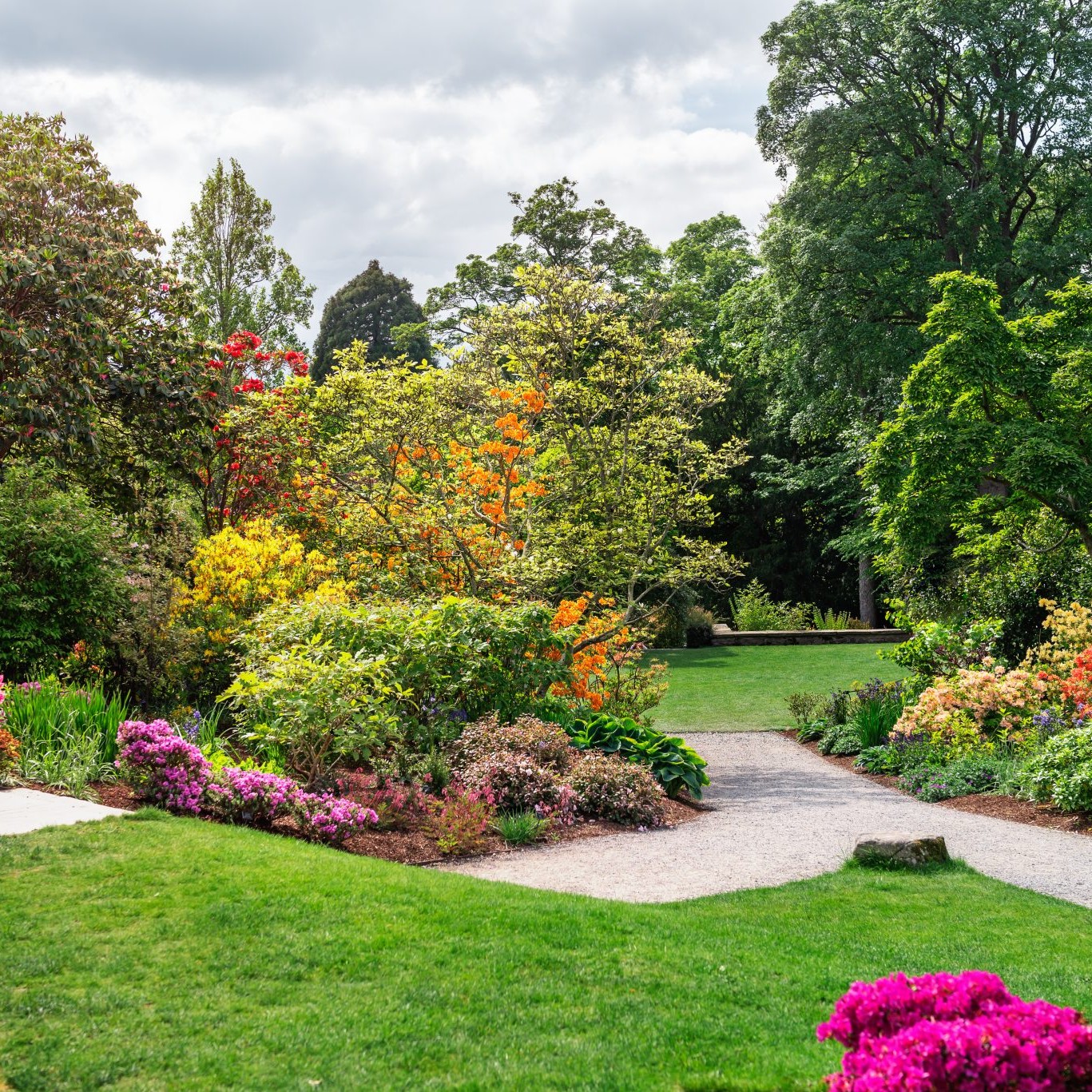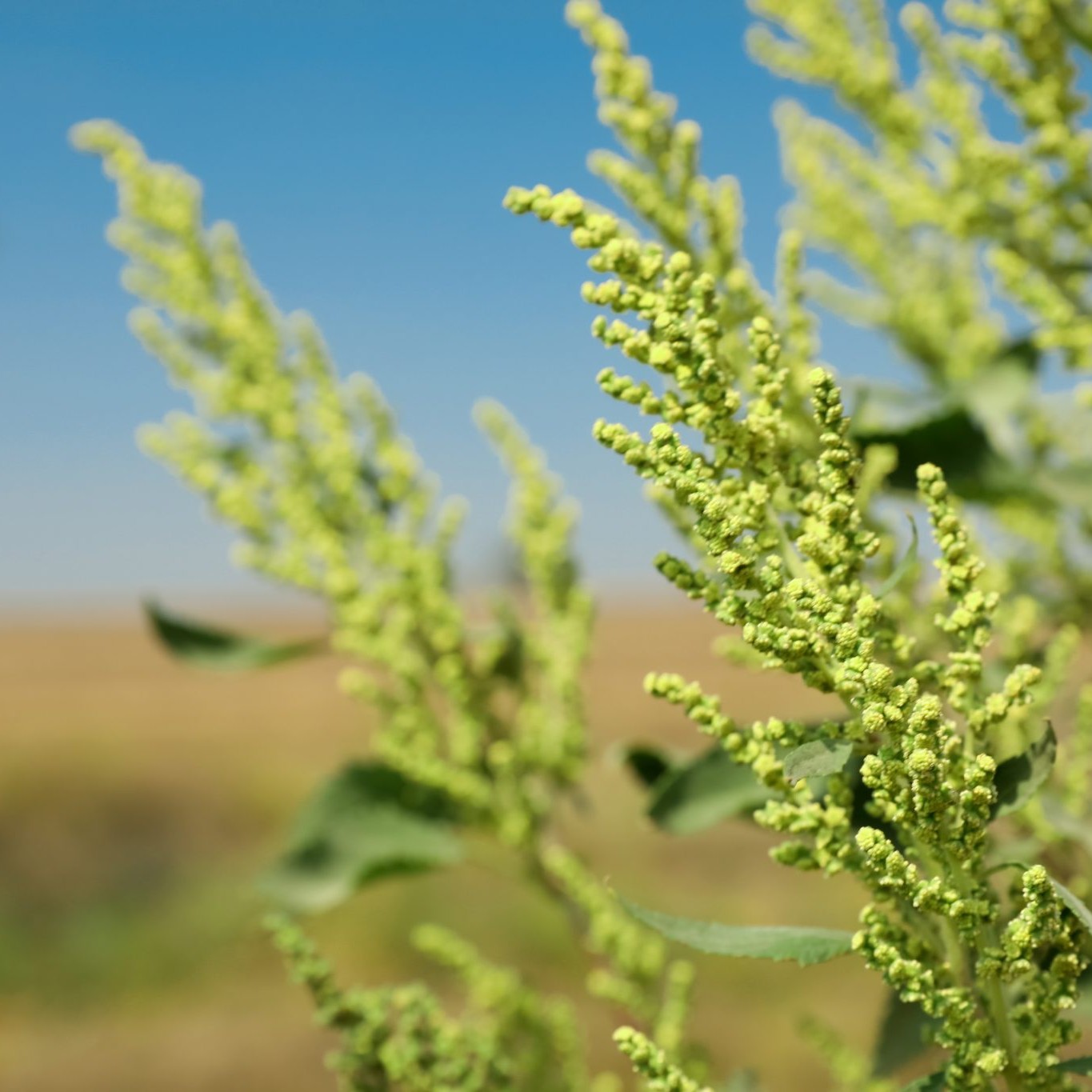Allergy sufferers may be the one group that typically pulls for the hot weather to continue.
But this year, even as North Texas continues to see 100-degree temperatures, the sneezing has already begun.
Ragweed levels started rising in late August and haven’t stopped. And on Monday the high levels of ragweed were compounded by elm and grass pollen in the air.
“With different people allergic to different things, more people are going to suffer,” said Fort Worth allergist James Haden.
While ragweed starts firing up this time of year, it’s unusual to see grass pollen.
“We normally see grass cook over the last two months of summer but this year we’ve seen just enough intermittent rain to keep it going,” Haden said.
For those that suffer from fall allergies, Haden said, the advice is always the same — start using preventive medications before the onset of symptoms and limit exposure to pollen by staying indoors. He also advises changing clothes and even showering if you’ve been outside.
“Once that pollen is inside the house it doesn’t matter what the conditions are outside, it’s going to stick around,” Haden said.
The good news is that ragweed levels may drop slightly if it stays hot — and there’s a chance of 100-degree temperatures through Sunday. Even if that happens, ragweed will come surging back once that first fall cold front arrives. And ragweed season will stick around until the first freeze.
Some forecast models are suggesting a cold front could arrive in nine or 10 days but “it’s almost just wishing at this point,” said National Weather Service meteorologist Dan Shoemaker.
Triple-digit temperatures become increasingly rare after mid-September in North Texas, though they have been recorded as late as Oct. 3 when it reached 106 in 1951.
Long-range forecast models are calling for above-normal temperatures with a slight chance of above-normal rainfall over the next three months.
If that’s correct, it could make for a lengthy fall allergy season.
Allergy sufferers may want to look even further down the road with the hopes that North Texas will actually see some winter weather this year. Last year’s mild winter led to some types of pollen sticking around longer than usual.
“We never had a winter last year,” Haden said. “Even in January, we had mountain cedar ( a winter pollen) and grass at the same time. You don’t expect to see grass pollen in the middle of winter. That made it really difficult for a lot of people.”
###
By Bill Hanna
September 5, 2013
star-telegram.com
You may also be interested in . . .
Tree Pollen and Pollen Counts Explained
March is here, and so is Spring! Spring has officially started which brings longer days, refreshing rain showers, bright colorful flowers, and of…
Ragweed and Fall Pollen Allergies
Back to school season is here! Shorter days, crisp, cool evenings, and beautiful fall foliage are on the horizon. This time also marks the onset of weed…
Ragweed Pollen and Mold will be the Key Allergens this Fall: AAFA
Ragweed pollen will be the key allergy causing source this season’s fall in the U.S. which would make more the season tougher for people with fall…


